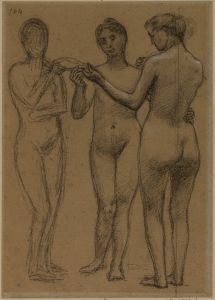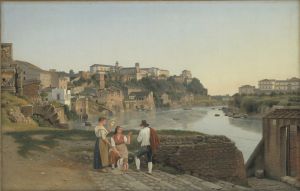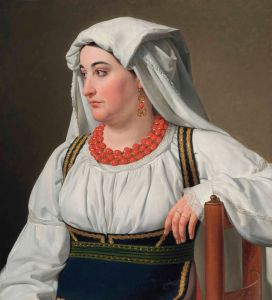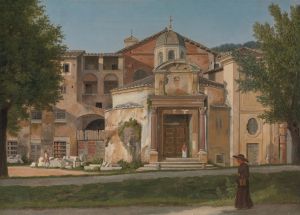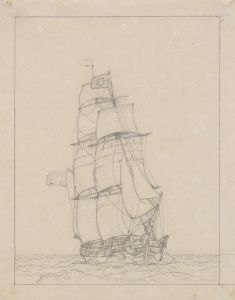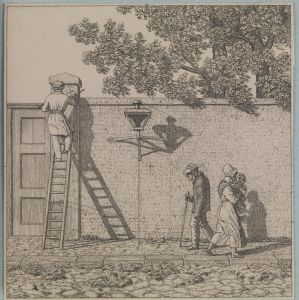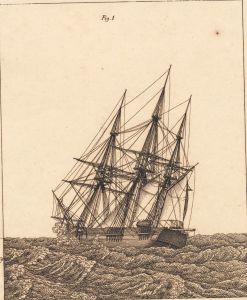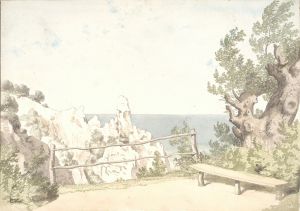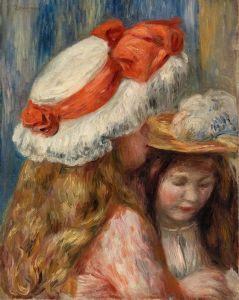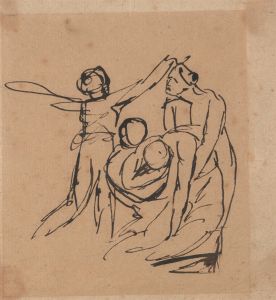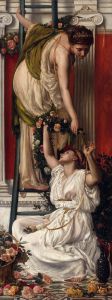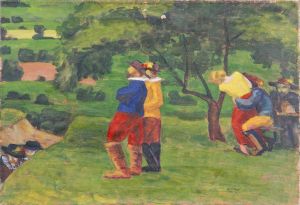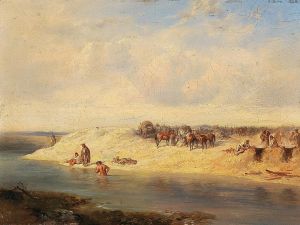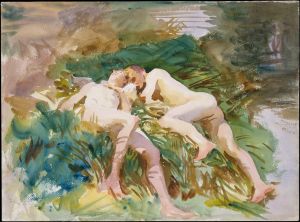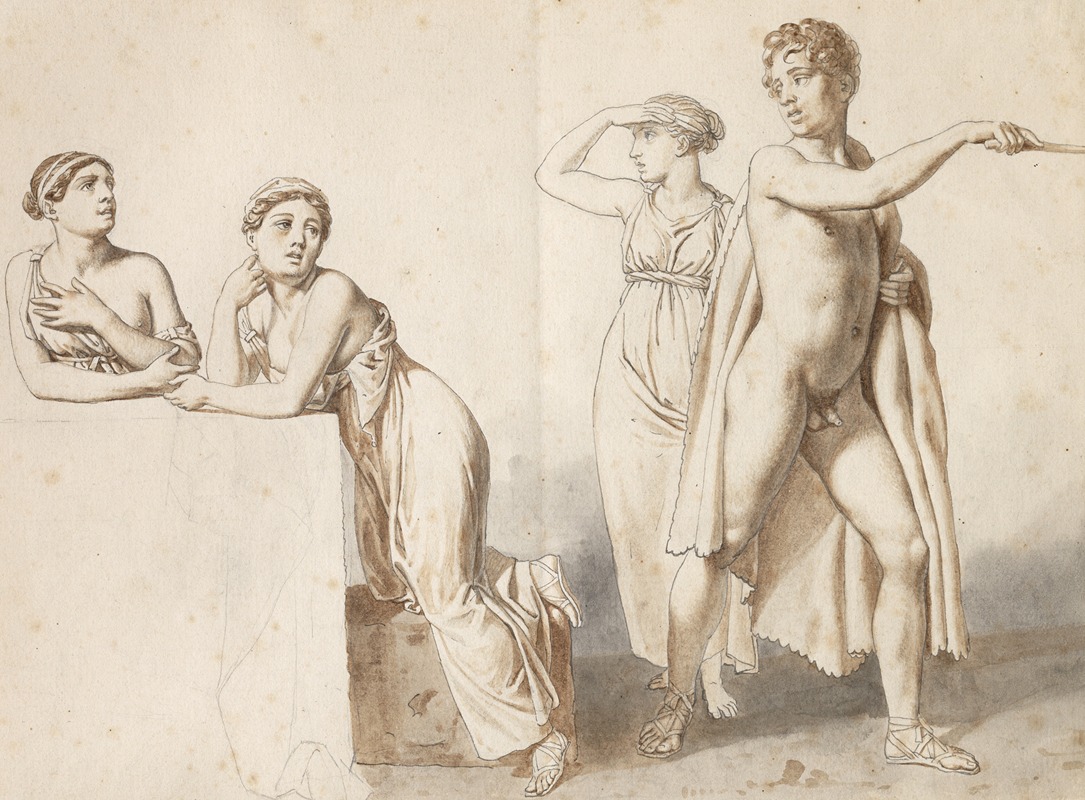
Fire studiefigurer, tre kvindelige og en mandlig i antikke dragter.
A hand-painted replica of Christoffer Wilhelm Eckersberg’s masterpiece Fire studiefigurer, tre kvindelige og en mandlig i antikke dragter., meticulously crafted by professional artists to capture the true essence of the original. Each piece is created with museum-quality canvas and rare mineral pigments, carefully painted by experienced artists with delicate brushstrokes and rich, layered colors to perfectly recreate the texture of the original artwork. Unlike machine-printed reproductions, this hand-painted version brings the painting to life, infused with the artist’s emotions and skill in every stroke. Whether for personal collection or home decoration, it instantly elevates the artistic atmosphere of any space.
Christoffer Wilhelm Eckersberg, often referred to as the father of Danish painting, created the artwork "Fire studiefigurer, tre kvindelige og en mandlig i antikke dragter" in 1837. This title translates to "Four Study Figures, Three Female and One Male in Antique Costumes." Eckersberg was a prominent figure in the Danish Golden Age of painting, and his works are celebrated for their clarity, precision, and adherence to classical ideals.
The painting is a study of human figures, a common practice among artists of the time, especially those influenced by Neoclassicism, which sought to revive the classical art forms of Ancient Greece and Rome. Eckersberg, who was deeply influenced by his studies in Paris under Jacques-Louis David, a leading Neoclassical painter, often incorporated classical themes and costumes into his work. This particular painting reflects his interest in the human form and classical antiquity.
In "Four Study Figures," Eckersberg presents three female figures and one male figure, all dressed in what appears to be classical attire reminiscent of ancient Greek or Roman clothing. The figures are depicted with a focus on anatomical accuracy and idealized beauty, which are hallmarks of Neoclassical art. The use of antique costumes serves not only as a nod to classical antiquity but also as a means to explore the timeless nature of the human form.
Eckersberg's meticulous attention to detail is evident in the rendering of the figures' drapery and the subtle play of light and shadow across their bodies. This attention to detail is a testament to his rigorous training and his dedication to capturing the essence of his subjects with precision. The composition of the painting is carefully balanced, with the figures arranged in a way that guides the viewer's eye across the canvas, creating a harmonious and unified whole.
The painting is also notable for its exploration of gender and the human form. By including both male and female figures, Eckersberg invites viewers to compare and contrast the different forms and poses, highlighting the diversity and beauty of the human body. This approach reflects the academic tradition of studying the human figure from life, a practice that was central to Eckersberg's teaching at the Royal Danish Academy of Fine Arts, where he served as a professor and later as the director.
"Four Study Figures" is housed in the collection of the Statens Museum for Kunst (National Gallery of Denmark) in Copenhagen. The museum holds a significant collection of Eckersberg's works, reflecting his importance in Danish art history. His influence extends beyond his own paintings; as a teacher, he mentored a generation of Danish artists who would go on to shape the course of Danish art in the 19th century.
In summary, Christoffer Wilhelm Eckersberg's "Four Study Figures, Three Female and One Male in Antique Costumes" exemplifies the artist's mastery of the human form and his dedication to classical ideals. Through his precise technique and thoughtful composition, Eckersberg captures the timeless beauty of the human figure, solidifying his legacy as a pivotal figure in the Danish Golden Age of painting.





